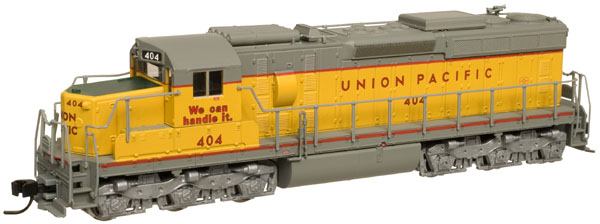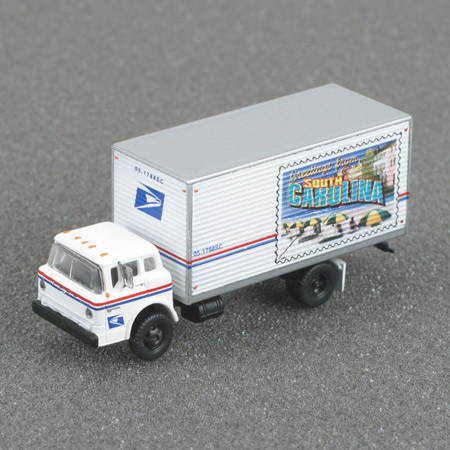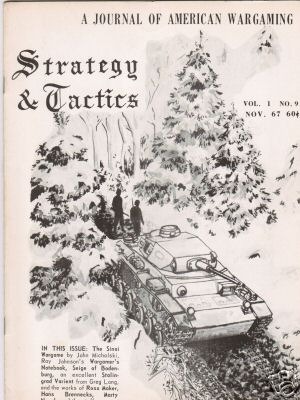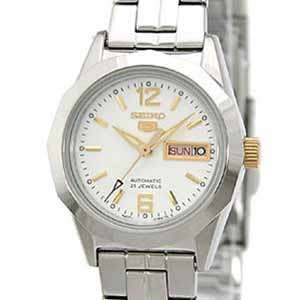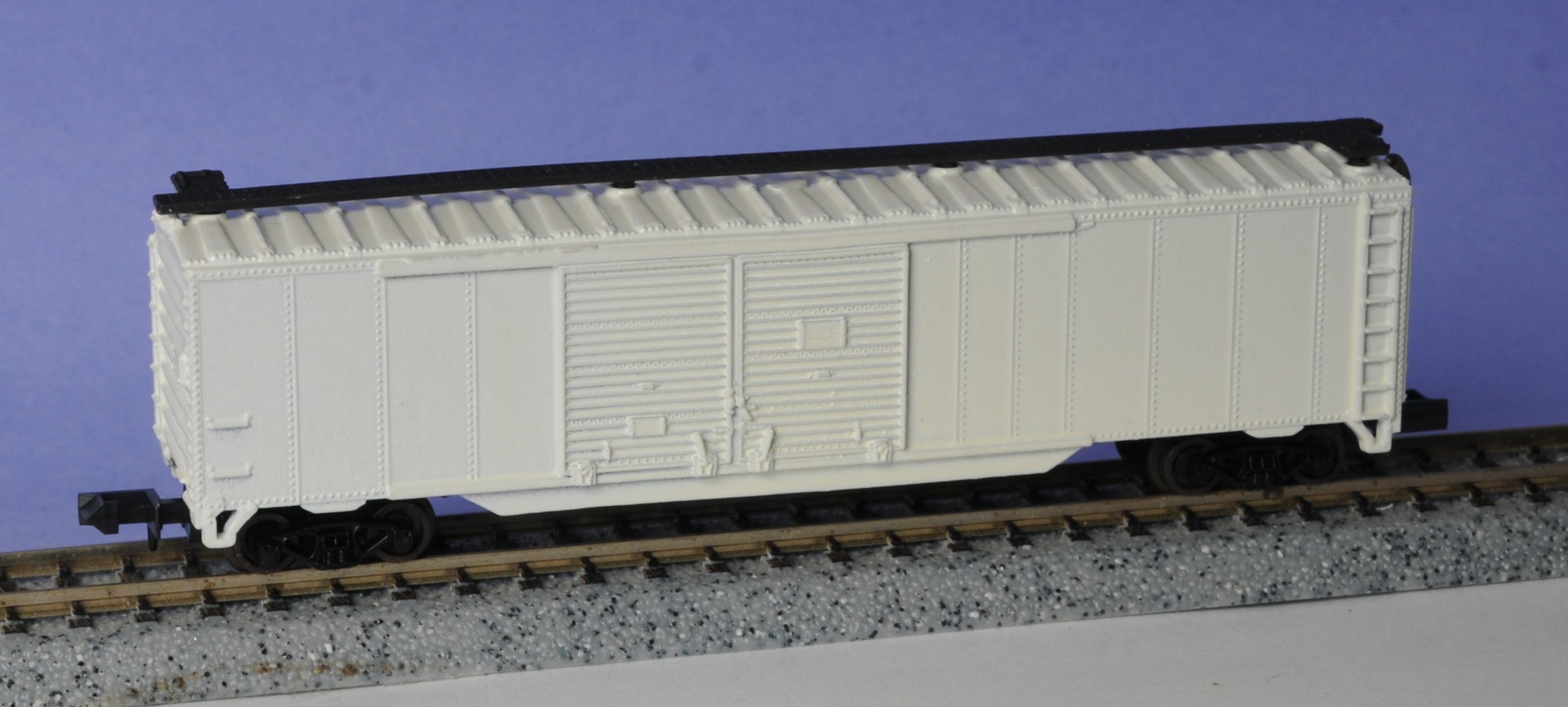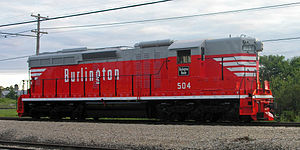Model Information: This model was introduced in 1990 and the early releases were made by Kato Japan for Atlas. From 2004 on, the models were made in China and the internals were modified to a more modern mechanism. The Atlas SD7, SD9, SD24 and SD26 all share the same internal mechanism and differ only in their shell details. The modern releases fall under the "Classic" label for the SD7 and SD9 models and "Master" label for the SD24 and SD 26.
The early releases featured the Kato-designed "low friction drive" which had been successfully introduced in their Kato-branded U30C model). This design allowed clean transfer of current from wheels to long copper strips to the chassis and then to the lightboard. This may not sound innovative, as many modern mechanisms use this design today, but in 1990 it was a game-changer.
The post-2004 releases are fairly standard "modern" mechanisms featuring a split-frame, dual-flywheels, and magnetic operating knuckle couplers. They run quiet and smooth and can pull 30 or more standard-weight cars.
The majority of SD-24s produced were purchased by four roads: Chicago Burlington & Quincy, Santa Fe, Southern, and Union Pacific. Atlas’ N scale model features details unique to each road name:
The early releases featured the Kato-designed "low friction drive" which had been successfully introduced in their Kato-branded U30C model). This design allowed clean transfer of current from wheels to long copper strips to the chassis and then to the lightboard. This may not sound innovative, as many modern mechanisms use this design today, but in 1990 it was a game-changer.
The post-2004 releases are fairly standard "modern" mechanisms featuring a split-frame, dual-flywheels, and magnetic operating knuckle couplers. They run quiet and smooth and can pull 30 or more standard-weight cars.
The majority of SD-24s produced were purchased by four roads: Chicago Burlington & Quincy, Santa Fe, Southern, and Union Pacific. Atlas’ N scale model features details unique to each road name:
- Burlington (CB&Q): High nose, single-chime air horn on short hood, Gyra-light on short hood (non-operating), winterization hatch
- Santa Fe: Low nose, 3-chime horn mounted on left side of hood behind cab
- Southern: High nose, 5-chime horn mounted on cab, bell detail on short hood
- Union Pacific: Low nose, 3-chime horn mounted between 2nd and 3rd radiator fans, winterization hatch
Prototype History: The EMD SD24 was a 2,400 hp (1,800 kW) six-axle (C-C) road switcher diesel-electric locomotive built by General Motors' Electro-Motive Division of La Grange, Illinois between July 1958 and March 1963. A total of 224 units were built for customers in the United States, comprising 179 regular, cab-equipped locomotives and 45 cabless B units. The latter were built solely for the Union Pacific Railroad
The SD24 was the first EMD production locomotive to be built with an EMD turbocharged diesel engine. The first SD24 was built sixteen months before the four-axle (B-B) model GP20. Power output of the SD24 was 33 percent higher than the 1,800 hp (1,340 kW) of the concurrent Roots blower-equipped SD18s with the same engine displacement. The SD24 had 400 hp (298 kW) per axle, limited by the traction motors then available. Nevertheless, the turbocharged SD24 provided full rated power at all altitudes, which the Roots-blown SD18 could not provide.
In terms of sales, the SD24 was only a moderate success, and had average service lives in SD24 configuration (though a few deturbocharged rebuilds are still in operation), but the SD24 was a milestone in EMD locomotive development and the forerunner to today's high-powered six-axle locomotives.
EMD thought the Duluth, Missabe & Iron Range Railway would want to start purchasing the SD24 and sent the first demonstrator to the DMIR painted in the road's livery. The DMIR did not end up purchasing the SD24 and the demonstrator went to the Union Pacific Railroad.
The SD24 was the first EMD production locomotive to be built with an EMD turbocharged diesel engine. The first SD24 was built sixteen months before the four-axle (B-B) model GP20. Power output of the SD24 was 33 percent higher than the 1,800 hp (1,340 kW) of the concurrent Roots blower-equipped SD18s with the same engine displacement. The SD24 had 400 hp (298 kW) per axle, limited by the traction motors then available. Nevertheless, the turbocharged SD24 provided full rated power at all altitudes, which the Roots-blown SD18 could not provide.
In terms of sales, the SD24 was only a moderate success, and had average service lives in SD24 configuration (though a few deturbocharged rebuilds are still in operation), but the SD24 was a milestone in EMD locomotive development and the forerunner to today's high-powered six-axle locomotives.
EMD thought the Duluth, Missabe & Iron Range Railway would want to start purchasing the SD24 and sent the first demonstrator to the DMIR painted in the road's livery. The DMIR did not end up purchasing the SD24 and the demonstrator went to the Union Pacific Railroad.
Road Name History: The Union Pacific Railroad (reporting mark UP) is a freight hauling railroad that operates 8,500 locomotives over 32,100 route-miles in 23 states west of Chicago, Illinois and New Orleans, Louisiana. The Union Pacific Railroad network is the largest in the United States and employs 42,600 people. It is also one of the world's largest transportation companies.
Union Pacific Railroad is the principal operating company of Union Pacific Corporation (NYSE: UNP); both are headquartered in Omaha, Nebraska. Over the years Union Pacific Corporation has grown by acquiring other railroads, notably the Missouri Pacific, Chicago & North Western, Western Pacific, Missouri-Kansas-Texas, and the Southern Pacific (including the Denver & Rio Grande Western).
Union Pacific Corporation's main competitor is the BNSF Railway, the nation's second largest freight railroad, which also primarily services the Continental U.S. west of the Mississippi River. Together, the two railroads have a duopoly on all transcontinental freight rail lines in the U.S.
Read more on Wikipedia and on Union Pacific official website.
Union Pacific Railroad is the principal operating company of Union Pacific Corporation (NYSE: UNP); both are headquartered in Omaha, Nebraska. Over the years Union Pacific Corporation has grown by acquiring other railroads, notably the Missouri Pacific, Chicago & North Western, Western Pacific, Missouri-Kansas-Texas, and the Southern Pacific (including the Denver & Rio Grande Western).
Union Pacific Corporation's main competitor is the BNSF Railway, the nation's second largest freight railroad, which also primarily services the Continental U.S. west of the Mississippi River. Together, the two railroads have a duopoly on all transcontinental freight rail lines in the U.S.
Read more on Wikipedia and on Union Pacific official website.
Brand/Importer Information: In 1924 Stephan Schaffan, Sr. founded the Atlas Tool Company in Newark, New Jersey. In 1933 his son, Stephan Schaffan, Jr., came to work for his father at the age of sixteen. Steve Jr. built model airplanes as a hobby and frequented a local hobby shop. Being an enterprising young man, he would often ask the owner if there was anything he could do to earn some extra spending money. Tired of listening to his requests, the hobby-store owner threw some model railroad track parts his way and said, "Here, see if you can improve on this".
In those days, railroad modelers had to assemble and build everything from scratch. Steve Jr. created a "switch kit" which sold so well, that the entire family worked on them in the basement at night, while doing business as usual in the machine shop during the day.
Subsequently, Steve Jr. engineered the stapling of rail to fiber track, along with inventing the first practical rail joiner and pre-assembled turnouts and flexible track. All of these products, and more, helped to popularize model railroading and assisted in the creation of a mass-market hobby. The budding entrepreneur quickly outgrew the limitations of a basement and small garage operation. Realizing they could actually make a living selling track and related products, Steve and his father had the first factory built in Hillside, New Jersey at 413 Florence Avenue in 1947. On September 30, 1949, the Atlas Tool Company was officially incorporated as a New Jersey company.
In 1985, Steve was honored posthumously for his inventions by the Model Railroad Industry Association and was inducted into the Model Railroad Industry Hall of Fame in Baltimore, Maryland. In addition, Steve was nominated and entered into the National Model Railroad Association Pioneers of Model Railroading in 1995.
In the early 1990s, the Atlas Tool Company changed its name to Atlas Model Railroad Company, Inc.
In those days, railroad modelers had to assemble and build everything from scratch. Steve Jr. created a "switch kit" which sold so well, that the entire family worked on them in the basement at night, while doing business as usual in the machine shop during the day.
Subsequently, Steve Jr. engineered the stapling of rail to fiber track, along with inventing the first practical rail joiner and pre-assembled turnouts and flexible track. All of these products, and more, helped to popularize model railroading and assisted in the creation of a mass-market hobby. The budding entrepreneur quickly outgrew the limitations of a basement and small garage operation. Realizing they could actually make a living selling track and related products, Steve and his father had the first factory built in Hillside, New Jersey at 413 Florence Avenue in 1947. On September 30, 1949, the Atlas Tool Company was officially incorporated as a New Jersey company.
In 1985, Steve was honored posthumously for his inventions by the Model Railroad Industry Association and was inducted into the Model Railroad Industry Hall of Fame in Baltimore, Maryland. In addition, Steve was nominated and entered into the National Model Railroad Association Pioneers of Model Railroading in 1995.
In the early 1990s, the Atlas Tool Company changed its name to Atlas Model Railroad Company, Inc.
Item created by: trainnut3500 on 2017-07-11 15:43:58. Last edited by gdm on 2020-11-07 21:04:08
If you see errors or missing data in this entry, please feel free to log in and edit it. Anyone with a Gmail account can log in instantly.
If you see errors or missing data in this entry, please feel free to log in and edit it. Anyone with a Gmail account can log in instantly.


